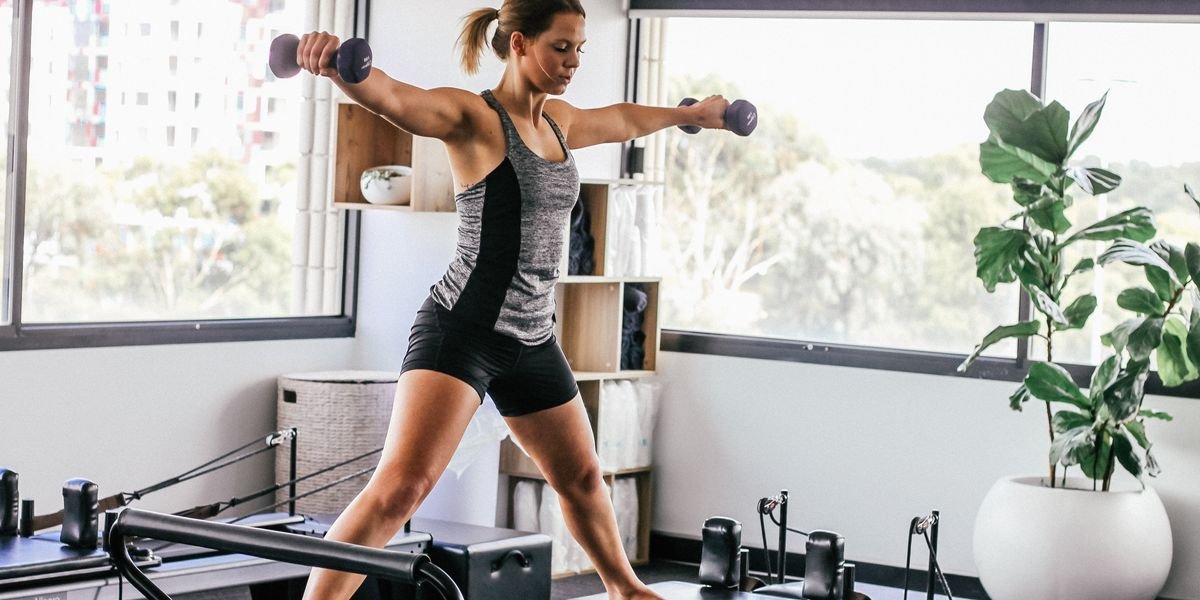No Pain, No Gain, and Other Fairytales
We have heard this time and again and dancer have believed in it like a mantra. While hard work to keep your body fit and in shape for dance is important at, it is also necessary to understand not all exercise is good exercise.
Dancers, like those who practice the exquisite art form of Odissi, embody grace, flexibility, and strength. While we often associate dancers with elegance and fluidity, it is vital to acknowledge the tremendous strength and power required to perform their seemingly effortless movements. Strength training plays a crucial role in helping dancers reach their full potential, promoting physical resilience, and enhancing their overall performance and artistry. In this blog post, we will delve into the benefits of strength training for dancers and provide practical tips for incorporating it into their training regimen.
Building a Strong Foundation: Strength training serves as the cornerstone upon which a dancer's technique and performance can flourish. Regular engagement in strength training exercises allows dancers to develop stronger muscles, joints, and connective tissues, providing stability and support during complex movements. Prioritizing core strength, lower body strength, and upper body strength helps dancers maintain proper alignment, balance, and control during demanding choreography. Visualize your joints as the structure and your muscles as the building blocks around it. Without proper maintenance, the bricks may crumble, leaving the structure overworked and strained.
Injury Prevention: One of the primary benefits of strength training for dancers is its ability to reduce the risk of injuries. Dancers subject their bodies to immense stress, often pushing the limits of flexibility and endurance. By incorporating strength training into their routine, dancers can strengthen the muscles around vulnerable areas such as ankles, knees, and hips, providing extra support and stability. Building core strength and maintaining balanced muscular development also helps alleviate imbalances and prevent overuse injuries.
Enhancing Technique and Performance: Strength training significantly enhances a dancer's technique and overall performance. By building strength and power, dancers gain greater control and precision in executing movements. Legs, thighs, and hips play a vital role in our movements. A strong core and legs protect our lower backs from the strain we endure with every thump. Engaging the core for torso movements and developing upper body strength aid in partnering work, while enhancing arm movements with fluidity and grace.
Increasing Endurance: Dancing often requires sustained physical effort for extended periods. Stamina and endurance are vital for dancers to maintain consistent energy throughout performances. Incorporating strength training exercises that focus on building cardiovascular endurance, such as circuit training or interval training, can significantly improve a dancer's ability to sustain high-intensity movements for longer durations. Approaching a 15-minute long Pallavi without the right tools can be daunting, but with strength training, you'll be well-prepared.
Mind-Body Connection: Strength training not only benefits the physical aspects of dance but also enhances the mind-body connection. Exercises like Pilates or yoga help dancers develop body awareness, improve posture, and better understand their movement patterns. Strengthening the body while cultivating mindfulness fosters a deeper connection to the art form, allowing dancers to express themselves more authentically and with greater emotional depth. Over time, through various forms of practice, I have come to know my body and understand my areas of struggle. Establishing a mind-body connection is crucial for dancers to be kind to themselves, acknowledge their limitations, and work on them with proper guidance.
Incorporating Strength Training into a Dance Routine:
Now that we understand the importance of strength training for dancers, let's explore how it can be incorporated into their training regimen:
Consult a Professional: I cannot stress this point enough. When I began my strength training journey two years ago, I combined Pilates with low-intensity weight training. I credit my trainer for the time and effort she has invested in helping me become stronger and more aware of my body. Find a qualified strength and conditioning specialist or a dance-specific trainer who can design a program tailored to your individual needs and goals.
Incorporate Mobility Exercises in Your Warm-Up Routine: Flexibility helps gauge the limits of your muscles, while mobility explores the full range of movement in your joints. Your initial set of exercises should focus on opening up your joints and allowing them sufficient time to prepare for the upcoming training.
Warm-Up and Cool Down: Begin each strength training session with a dynamic warm-up to increase blood flow and prepare the body for exercise. Afterward, perform static stretches to improve flexibility and promote recovery. Maintain a rhythmic warm-up that helps you find your flow, while allowing your cool-downs to be slow and relaxed, breathing into all your muscles and joints.
Target Major Muscle Groups: Focus on exercises that target the major muscle groups utilized in dance, such as squats, lunges, pliés, and calf raises for lower body strength, and push-ups, rows, and lateral raises for upper body strength. My trainer prefers to divide my practice by zone, working on upper body, lower body, and full-body exercises on different days.
Core Strengthening: Incorporate exercises that target the core, such as planks, Russian twists, and leg lifts, to improve stability and control during movements. Always engage your core and focus on maintaining the correct form for maximum benefits.
Progress Gradually: Measure your progress by observing improvements in posture, stamina, and recovery periods. Remember, going heavier with weights is not the sole measure of growth. Our goal is to increase the strength in our bodies to enhance our dancing. Take it slow and enjoy the process, one day at a time.
In conclusion i would like to say that strength training is a vital component of a dancer's training regimen, promoting physical resilience, preventing injuries, enhancing technique and performance, increasing endurance, and fostering a strong mind-body connection. By incorporating targeted exercises, consulting professionals, and embracing a gradual progression, dancers can unlock their full potential, ensuring a long and successful dance career while prioritizing their well-being. Remember, it's not about "no pain, no gain," but rather about training smart and efficiently to become the best version of yourself as a dancer.


